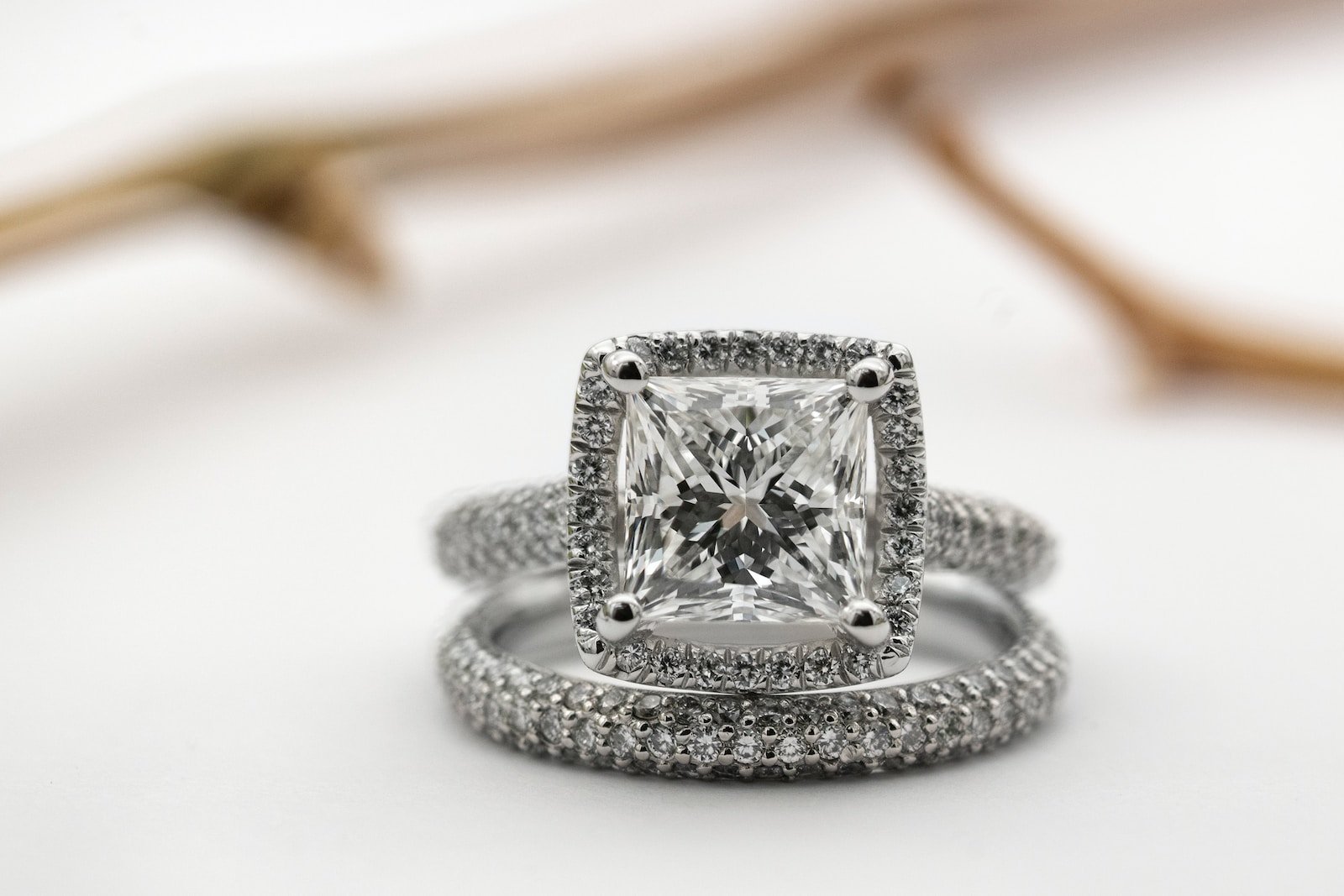What is Cubic Zirconia (CZ)?
What is Cubic Zirconia (CZ)?
You can never go wrong with a bit of sparkle. If you’re looking for a new piece to elevate your jewelry collection, you’ve probably come across cubic zirconia (CZ). You may be thinking that these dazzling stones look a lot like diamonds and you’d be right. While CZs are not actually diamonds, they do appear very similar and possess the bling factor that we all seek.
The biggest difference between cubic zirconia and diamonds is that the former is much more affordable. Unlike diamonds which must be mined from the ground, often with unethical practices, cubic zirconia is a manmade mineral created from zirconium dioxide. Like diamonds, CZ is clear and colorless with a Mohs hardness score of 8-8.5.
At Kiera, we are proud of the diamond simulants that we create. They are environmentally and ethically responsible, in addition to being visually stunning. They have a low carbon footprint, are conflict-free, and are packaged in 100 percent recycled and recyclable materials. As we produce our own gemstones to meet our strict specifications, mark-ups are significantly reduced resulting in highly affordable jewelry.
Brief History of Cubic Zirconia
Most people know that diamonds are derived from deep inside the earth where they form over billions of years. But what about simulated diamonds? Although the natural form of the cubic zirconia was not discovered until the end of the 19th century, the mineral’s history does not begin until decades later.
Zirconium oxide, the natural form of cubic zirconia, was initially discovered in 1892. At first, the mineral was thought not to have any real value. However, interest was revived in the early 1930s when scientists discovered that the mineral did not lose strength when subjected to very high temperatures, making it a “refractory” material.
In 1937, an important discovery in cubic zirconia history was made. Two German mineralogists found that when zirconium oxide was melted, it contained cube-shaped crystals. However, neither man found this discovery to be useful at the time as the same properties existed in the mineral’s natural state.
More than two decades later, scientists were on the search for a more affordable material to be used for lasers and various other industrial applications. This is when researchers begin to look more closely at simulated diamonds. During this period, the single crystal cubic zirconia was rediscovered and put to use for industrial purposes.
By 1973, Soviet scientists at Lebedev Physical Institute, also known as FIAN, created a unique technique known as the “skull crucible.” They named their crystal after the institute that funded them and by 1976, production was in full swing. In 1977, Russian scientists discovered how to grow these crystals using a synthetic process. It wasn’t until the 1980s that these synthetic crystals became fashionable, majorly due to the renowned maker of fine lead crystals, Swarovski, who joined the market with his own version of the cubic zirconia.
Advantages of the Cubic Zirconia
Since cubic zirconia was first introduced to the fashion industry, no synthetic gemstone has made an impact quite like CZ. So, what makes these diamond simulants so popular? The advantages of adding cubic zirconia jewelry to your jewelry wardrobe are numerous.
-
Description text goes here
-
Description text goes here
-
Description text goes here
-
Item description
-
Item description


